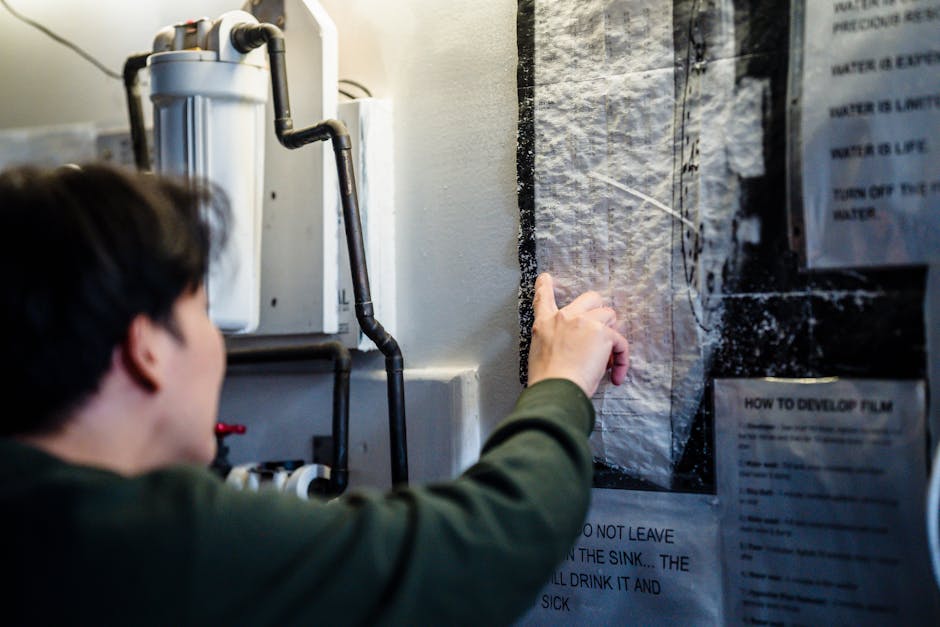
In the ever-evolving landscape of automotive and mobility standards, ASAM OpenMATERIAL 3D stands as a pivotal framework for professionals dedicated to utilizing advanced materials in simulations and real-world applications. As we approach the 2025 proposal workshop, mastering this framework not only enhances your technical capabilities but also positions you at the forefront of innovation in this sector. This comprehensive guide will walk you through the essential aspects of ASAM OpenMATERIAL 3D, ensuring your success at the upcoming workshop.
Understanding ASAM OpenMATERIAL 3D
ASAM (Association for Standardization of Automation and Measuring Systems) OpenMATERIAL 3D is a standard that facilitates the exchange and use of material data in simulation models and real-world applications. This standard is increasingly relevant in 2025 as engineers and researchers strive to improve the accuracy and efficiency of simulations in the automotive industry.
What is ASAM OpenMATERIAL 3D?
ASAM OpenMATERIAL 3D is a multi-dimensional initiative that provides a platform for sharing and utilizing material data effectively. It addresses the need for a unified approach to incorporate material properties in simulations, which is crucial for developing high-fidelity models that aid in decision-making and innovation.
- Interoperability: Ensures seamless data exchange between different software and platforms.
- Accuracy: Enhances the precision of simulations by standardizing material properties.
- Efficiency: Streamlines the process of integrating material data into development workflows.
The Importance of OpenMATERIAL 3D in 2025
With the rapid advancements in materials science and computer simulations, OpenMATERIAL 3D serves as a cornerstone for developing robust, efficient, and scalable solutions in automotive engineering. It facilitates collaboration across international teams, accelerates innovation, and ensures that material properties are consistently represented and applied across various applications.
Preparing for the ASAM OpenMATERIAL 3D Workshop
Success at the 2025 proposal workshop hinges on a solid understanding of OpenMATERIAL 3D’s framework and its application potential. Here are key preparation steps:
1. Familiarize Yourself with the Latest Standard Updates
ASAM regularly updates its standards to incorporate the latest technological advancements. Prior to the workshop, ensure that you are up-to-date with the most recent version of the OpenMATERIAL 3D standard, understanding the new features and improvements.
- Review the latest documentation available from ASAM’s official website.
- Participate in webinars and online courses related to OpenMATERIAL 3D.
- Join forums and discussion groups to engage with peers and experts.
2. Develop a Comprehensive Proposal
Your proposal should clearly outline how you intend to leverage OpenMATERIAL 3D for your projects. Focus on showcasing the potential benefits, including enhanced simulation accuracy, resource optimization, and improved product performance.
- Identify Objectives: Clearly define what you aim to achieve with your proposal.
- Data Sources: Specify the sources of material data and their relevance to your project.
- Impact Analysis: Demonstrate the tangible benefits of adopting the standard.
3. Engage with the Community
Networking and community engagement are crucial for gaining insights and feedback. Connect with participants, presenters, and industry veterans to broaden your understanding and refine your proposal.
- Participate in relevant workshops and training sessions ahead of the event.
- Attend virtual meetups and Q&A sessions to ask questions and exchange ideas.
- Build relationships with stakeholders who impact standard development.
Leveraging OpenMATERIAL 3D for Success
Mastering OpenMATERIAL 3D can unlock numerous opportunities in engineering and project development. Here are ways to maximize its potential:
Enhancing Simulation Models
Integrate accurate material properties into simulation models to improve their fidelity and predictability. This leads to better design decisions and optimized performance outcomes.
- Material Libraries: Utilize comprehensive libraries to access detailed material data.
- Simulation Accuracy: Apply standardized properties to increase the reliability of your models.
- Optimization: Use these models to identify and mitigate potential design flaws early in the development cycle.
Facilitating Collaboration and Innovation
The interoperability of OpenMATERIAL 3D encourages collaboration across teams and disciplines, fostering an environment where innovation can thrive.
- Cross-Platform Integration: Work seamlessly across different simulation tools and platforms.
- Global Standards: Align with international standards to ensure consistency and quality.
- Innovative Solutions: Encourage interdisciplinary cooperation to develop groundbreaking solutions.
Conclusion
With the 2025 ASAM OpenMATERIAL 3D proposal workshop on the horizon, now is the time to deepen your understanding of this standard. By preparing thoroughly and leveraging the capabilities of OpenMATERIAL 3D, you can position yourself and your organization at the leading edge of automotive innovation. Mastering this framework not only enables you to deliver compelling proposals but also equips you with the tools needed to contribute meaningfully to the future of automotive technology.
FAQ
What is ASAM OpenMATERIAL 3D?
ASAM OpenMATERIAL 3D is a standard that provides a platform for the effective sharing and use of material data in simulations and real-world applications, crucial for enhancing the accuracy of models used in the automotive industry.
How can I prepare for the 2025 proposal workshop?
Stay updated with the latest standard updates, develop a comprehensive proposal, and engage with the community through workshops and networking opportunities.
What are the benefits of mastering OpenMATERIAL 3D?
Mastering OpenMATERIAL 3D allows for improved simulation accuracy, enhanced collaboration, and the development of innovative solutions in engineering projects.
How does OpenMATERIAL 3D facilitate collaboration?
It ensures interoperability across different software and platforms, aligning global standards to foster a collaborative environment for innovation.
Where can I find more information about ASAM standards?
Visit the ASAM official website, join related webinars, and participate in discussion groups to stay informed about the latest developments in ASAM standards.


